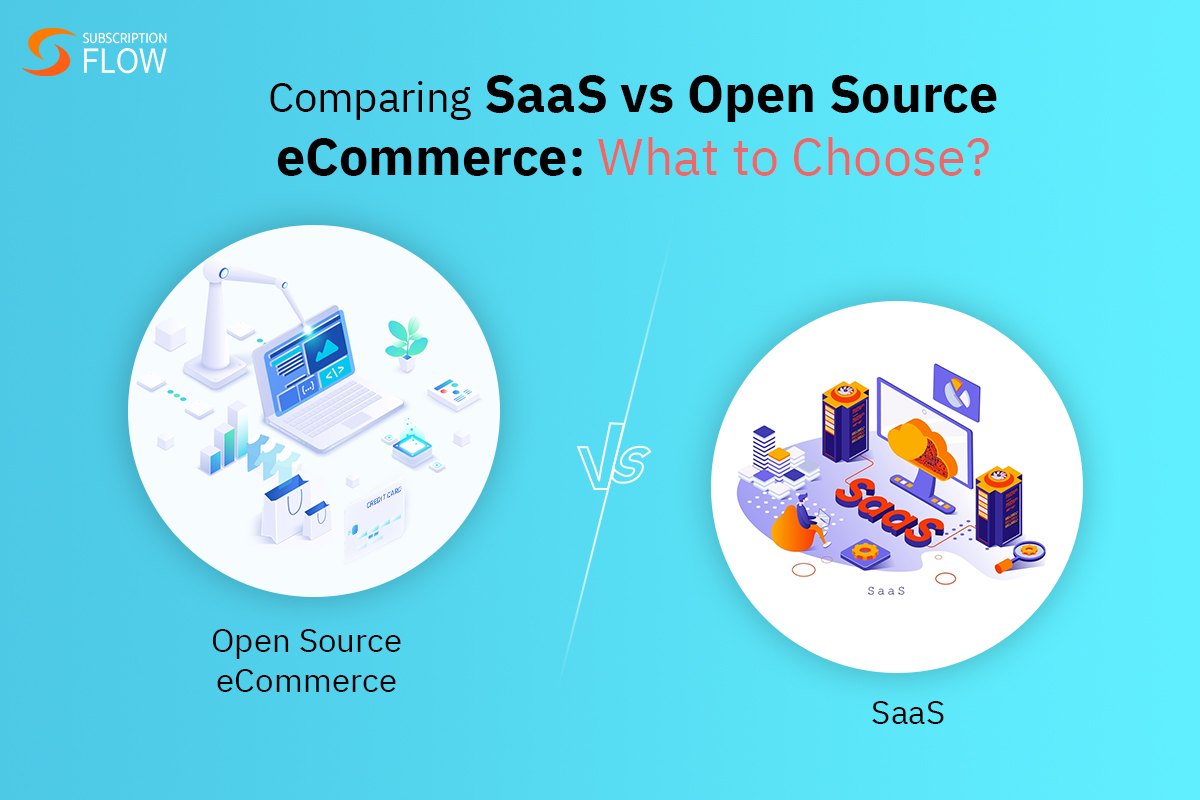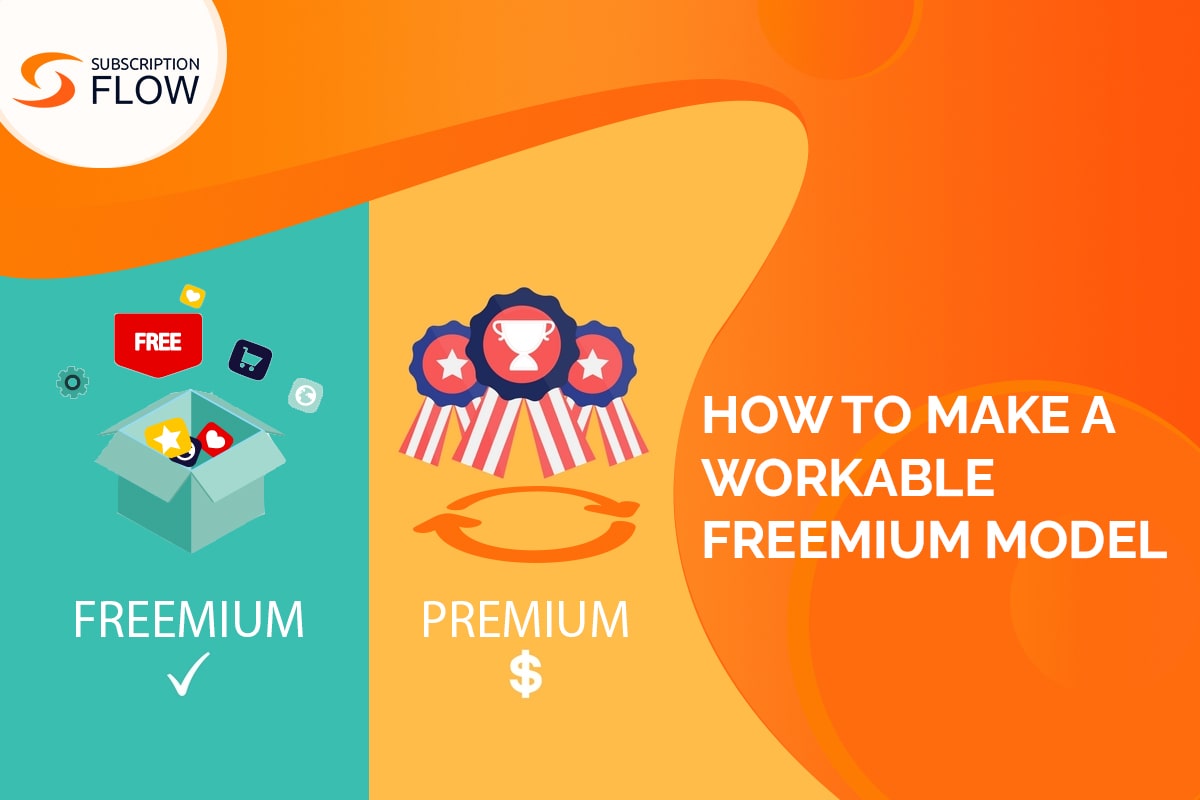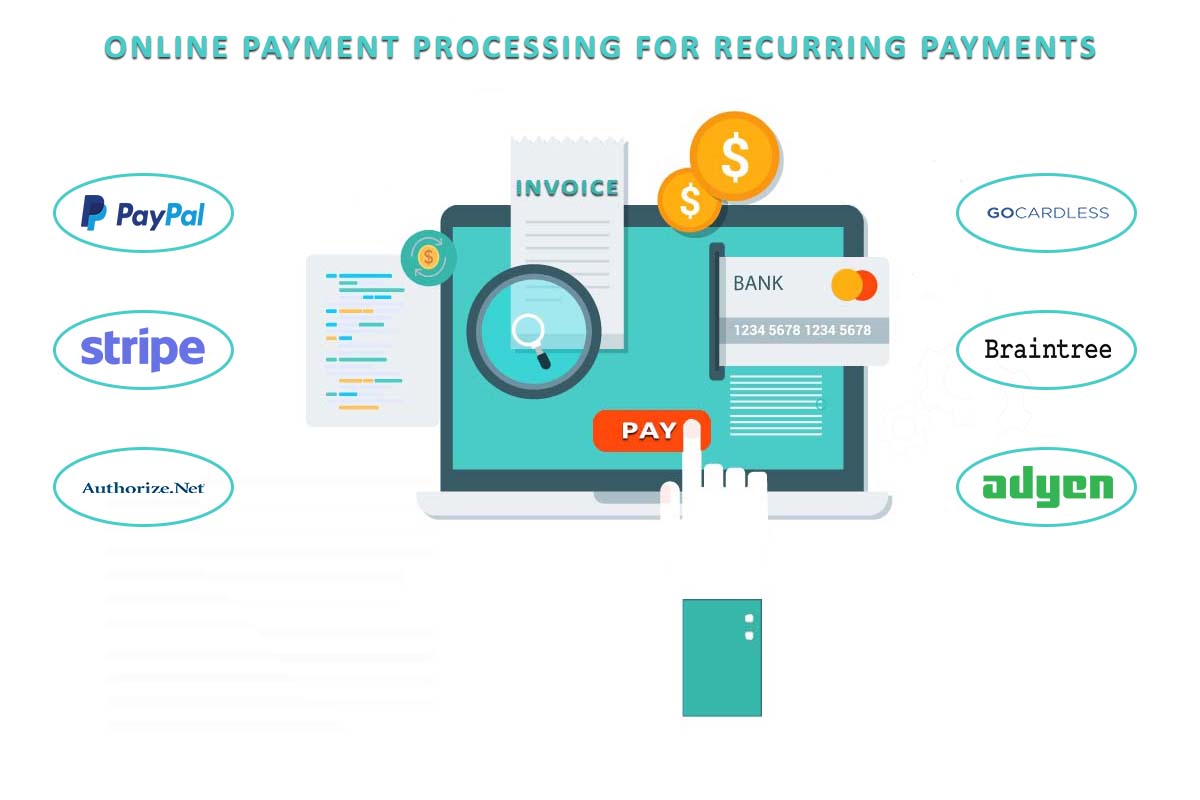
Comparing SaaS vs Open Source eCommerce: What to Choose?
We all know eCommerce stores have specific requirements that differentiate them from other sites.
For example, they need to be more user-friendly, attract and convert customers, and support payment gateways and methods for purchases.
Due to this, there’s also a mandatory requirement of ensuring security in your platform to build and generate trust.
For promotion and management, you’ll need to integrate analytical tools, accounting software’s, etc. to streamline your business operations.
If you’re looking to jump into the world of eCommerce, some might say it’s too late.
Whereas, others might disagree and claim there’s never been a better time. The initial step to take the initiative isn’t the problem.
It’s when you consider the choice between SaaS vs open source eCommerce platforms that the confusion prevails.
The idea behind it is to choose a platform that’ll run on the backend of your eCommerce store.
Read More: 6 Challenges That eCommerce Subscription Businesses Might Face in 2021 and the way Forward
So, to give entrepreneurs a better view, here’s an analysis of the comparison between SaaS and open source eCommerce platforms:
What is Open Source eCommerce?
An open source eCommerce platform is a software that provides users access to its source code, allowing for extensive customization.
What this means is when you buy the license for an open source eCommerce software, you get everything.
You can choose to change almost anything you want in the source code and build an interface that you want. However, as fun as that sounds, it isn’t that simple and will require certified expertise.
That is to say, you’ll need developers to do everything right and that will inevitably require time.
So, who is the open source eCommerce platform for? Businesses that are in need of a fully customizable eCommerce and have the IT resources to make it possible.
Examples of Open Source eCommerce
- Magento
- WooCommerce
- PrestaShop
- Shopware
- OpenCart
- Zen Cart
What is SaaS eCommerce?
SaaS eCommerce platforms are preferred by merchants and vendors due to their instant service.
Compared with open source platforms, going for SaaS will require you to pay a monthly or yearly subscription fee.
This fee will cover all the costs that a cloud-based platform will accrue, i.e., hosting, creation, maintenance, upkeep, etc.
As the name shows, using SaaS eCommerce means going for ready-to-use tailor-made custom platforms for your business.
SaaS has evolved into much more than just a limited set of tools made available for organizations.
With a plethora of integration options, one can’t consider SaaS eCommerce platforms to be specific and restricted.
Contrary to common perception, SaaS platforms are scalable as per the growth and demands of a business.
Though the subscription fee might vary, there are several options in the market now that offer a range of features.
Businesses have the option to go for a SaaS eCommerce platform that can work with their preferred tech stack.
Examples of SaaS eCommerce
- BigCommerce
- Shopify
- Squarespace
- SubscriptionFlow
Comparing SaaS vs Open Source eCommerce
In order to compared SaaS vs open source eCommerce, we need to concern ourselves with factors that affect a business.
That is to say, though the best choice for a business will depend on its individual needs, it’s imperative to consider all options.
Businesses need to think of more than just the initial phases of their venture.
For example, going for a solution that immediately lands you in the market but can’t be scaled further won’t work.
Read More: How To Prepare Your SaaS Business To Go Global
Moreover, you’ll need to consider all possibilities and the required workload that can be underestimated quite easily.
To help you understand better, let’s take a look at the differences between SaaS vs Open Source eCommerce platforms.
The first thing that pops up in the mind is the total cost of ownership in both scenarios.
Open Source eCommerce Total Cost of Ownership
Licensing
Open source eCommerce platforms can be free as well as paid. The initial licensing cost that grants you rights to use the software as per your convenience can vary.
For example, Magento’s unlicensed and licensed Commerce versions are available for businesses to choose as per their need.
Although the open source version is available for free, the license can cost you anywhere from $22,000 – $40,000.
Of course, there are several other options in the market other than Magento. And not all of them have paid and free versions to offer.
Hosting
Once you’ve bought the license to the software, you now need to host it online. And that means bearing the cost of the hardware, network connections and technical maintenance, etc.
Though there are other options like third-party hosting providers, or even having the platform providers do it.
These costs will increase gradually as your business grows and if you’re going for local hosting, this means timely upgrades.
You’ll have to maintain your servers and dedicate IT professionals to ensure your website doesn’t go down.
When businesses experience a spike in traffic and usage, locally hosted servers tend to shut down if not malfunction.
If you go for third party hosting providers, you can just pay them to host your eCommerce store.
This will mean migrating your store to their servers (which usually takes minutes) and paying monthly fees for continued hosting.
The best part about going for third party hosting services is that you can scale them as you go.
Meaning, you can upgrade your package and assign bigger and more powerful servers once you get enough traffic.
Development
Open source eCommerce software’s like Magento require certified developers to do any sort of work.
Though open source platforms offer incredible and unparalleled control, you need to have certified professionals for development.
From scratch, your developers will have to work on programming the backend and designing the frontend.
Depending upon the creativity and expertise of your staff, you can do almost anything on your eCommerce store.
However, this also means that you can’t afford to lose your staff regardless of whether the store is fully functional.
Furthermore, your developers will need to prepare documentation and guides for others in their departments who’ll oversee support and maintenance.
Maintenance and Support
As explained above, there is a high-priority requirement of any open source eCommerce store to have certified support and maintenance.
Whether you’re hosting your platform locally or with a third party, your eCommerce store will eventually require maintenance.
Debugging, periodic customizations, addition of call-to-actions, etc. are all important tasks that might seem little.
However, they need to be done immediately and accurately to ensure your customers have the stellar shopping experience you want them to have.
Although one can also go about hiring agencies that can handle support and maintenance, you’ll be raising the ownership cost.
Security and PCI Compliance
Open source programs come with relatively nothing to protect them from misuse. This spells trouble for businesses that are trying to work without adequate security.
If you’re an eCommerce store trying to win the trust of your customers, you need to ensure protection and security.
Whether it’s an SSL certificate issue or the lack of PCI compliance, your company will lose chances of converting potential customers.
Moreover, without PCI compliance, businesses are liable to be charged fines and be banned from accepting payments as well.
In fact, without proper security measures to protect the financial details of your customers, you’re also vulnerable to frauds.
Though open source eCommerce platforms can be secured and protected, the responsibility and costs fall on the merchant’s shoulders. Ecommerce can be secured easily with an SSL certificate and the type of SSL certs depend upon the number of domains/subdomains a site should have.
Businesses are likely to lose face, clients and much more if any client’s data is found compromised. With eCommerce stores, the risk only exaggerates itself to higher levels.
Apps, Extensions and Integrations
Integrations of applications and introducing extensions in your platform is integral for eCommerce businesses that want to grow.
Since it’s impossible for an individual to launch a full-fletched open source eCommerce store themselves, you’ll need team coordination.
This will involve using ERPs, CRMs, and even CMS that can be bought separately.
Although open source customizations offer merchants the flexibility to make a custom platform with all your tools integrated; you’ll need to find certified developers that have experience in integrating each individual tool or software you want.
This can increase the actual cost of owning an open source eCommerce store exponentially. Apart from this, if you think that each integration will be perfect the first time around, you’d be dead wrong.
Regardless of how efficient your staff’s work may be, custom platforms built from scratch will require intense labor and testing.
For businesses that are looking to enter the market soon, this can spell huge delays in your actual launch.
And for those who think they can integrate what’s necessary along the way, the fact remains that you’ll risk everything.
Integrations are complex procedures that require synchronization of customer data and analytics. Both of these are crucially important to save and secure for a business.
This is why it’s important you don’t take unnecessary risks and start with everything you need or improvise carefully.
SaaS eCommerce Total Cost of Ownership
Monthly Subscriptions
SaaS eCommerce platforms require businesses to pay monthly subscriptions in order to get started. Compared with open source softwares, SaaS platforms offer almost everything in a ready-to-use package.
The monthly cost to sign on can range from $0 – $5000+ depending upon the type of platform you choose. The cost will obviously rise up with each add-on or upgrade you go for.
The part that appeals to most businesses about SaaS eCommerce is the initial investment. You can get started with working on your store right after you sign up for a trial.
This allows businesses to try out a variety of different platforms and look at what works best with their needs.
Moreover, SaaS subscriptions can be changed at any time, meaning you can take advantage of extensive tools whenever you need.
Paid Themes and Upgrades
SaaS eCommerce platforms are designed specifically to streamline the whole process of starting and managing online stores.
Though cloud-based, these platforms can provide you with tools to help all aspects of your business.
From the initial design elements that are offered in the form of theme templates to additional features; everything is available in a SaaS eCommerce store (though sometimes in a limited variety) for you to customize into your own.
Integrations and Extensions
SaaS is famous for being customizable. Even though it’s nowhere near the extent of customization you can get with open source platforms, it’ll do the trick.
At least, if you’re not a multinational corporation who’s outgrown the maximum potential of a SaaS platform, SaaS will suffice.
The integrations you can use in your cloud-based platform can range from accounting software like Avalara to marketing tools like HubSpot.
Read More: An Incredible Variety of Integrations that SubscriptionFlow offers to SaaS Businesses
Together, all your integrations can work together to provide you with one unique dashboard that’ll give you an overview of your entire business.
What’s more is that with integrations for SaaS eCommerce platforms like SubscriptionFlow, you can even automate recurring billing processes.
Additionally, you can integrate several payment gateways to scale your business and accept payments from around the world.
Of course, all the additions and integrations you go for will cost you extra. However, with a SaaS vendor, the hassle of integrating and maintenance doesn’t fall on your shoulders.
Which is probably one of the biggest reasons why small-medium sized companies prefer going this way.
Read More: How Important Are Integrations for SaaS Vendors?
Advantages and Disadvantages of Open Source eCommerce
Advantages of Open Source eCommerce Platforms
Complete Control
As described above, open source eCommerce allows you complete control of everything your store can have.
Whether it’s the design, backend processes or additional features like self-service portals, you can have everything.
Read More: How to Formulate an Ultimate Onboarding Strategy to Get Happy Customers
All you need is a team of skilled developers and an idea. With time, you can introduce almost a new platform that’s entirely customized for your business and audience.
Vendor Lock-In
It’s no secret that once you start using SaaS platforms, you’re locked in with a vendor. That is to say, you can’t just take your business elsewhere and have someone else host it for you immediately.
All your integrations, customizations and even data is at risk of being lost. And of course, your store will go down the minute the vendor pulls the plug on the hosting.
Almost 65% of tech-focused companies in 2020 reported in a survey that they switched to open source platforms to avoid vendor lock-ins.
Disadvantages of Open Source eCommerce Platforms
Complex and Time-taking
Open source eCommerce softwares are highly complex and since they offer a blank slate, you need skilled technical staff.
These individuals will have to be experts in their respective fields and as explained above, you’ll need different experts for each feature or tool you want in your platform.
You can’t just have a Magento developer integrate a CRM without having sufficient knowledge about its APIs. At least, you can’t expect something like this to be done in a small amount of time.
Similarly, since everything needs to be coded into an open source eCommerce platform, you can expect it to take substantial time.
Maintenance and Support Requirements
Open source platforms require constant maintenance and if you’re hosting your platform locally, you’ll need IT support 24/7.
An eCommerce store can’t afford to go down and risk losing sales. Moreover, you can’t risk data loss or bugs that hinder the purchase process.
Read More: HubSpot Integration With Subscription Management Software For Lead Management And Conversion In 2022
Costly
With all the above, it’s almost impossible to deny that going for an open source eCommerce software will result in a hefty investment cost.
This is precisely why no beginner in the market would think of going for open source development and maintenance.
Vulnerable
As you try to bring your open source eCommerce platform up to speed, you’ll need to ensure protection. More often than not, businesses want to go to market immediately and that means cutting corners.
This often results in leaving loopholes and potential liabilities in the form of technical vulnerabilities.
Although it’s bad, the situation can go from worse to the worst possible very quickly if these issues are left unaddressed.
Advantages and Disadvantages of SaaS eCommerce
Advantages of SaaS eCommerce Platforms
Instant GTM
SaaS subscriptions allow merchants to instantly go to market with their platforms by signing up for a reasonable monthly fee.
You can even try out several different SaaS eCommerce providers and choose the ones that suit your needs with trials.
If you’re a business looking to instantly enter the market, you need to go with SaaS eCommerce platforms.
Easy Management
As all the hassle of development, hosting, maintenance and even customizations are handled by the vendor, SaaS boasts easy management.
This allows merchants to focus on their core business activities rather than spending time on learning how their platforms work.
With smart integrations, you can even bring all your tools in one window and manage it all from a single place.
Read More: How to Manage eCommerce Subscriptions with SubscriptionFlow
Secure
SaaS platforms boast top-notch security and with a little research, you can find providers that are compliant with all security standards.
Based on the region and the niche you’re conducting your business in; you’ll find a SaaS eCommerce provider who provides relevant security measures.
Scalable
SaaS platforms are as easy to use for newly launched eCommerce businesses as they are for globally established ones.
With an easy to use interface, you can add the features or the volume you need when you need it. For example, if you want better hosting, you just have to upgrade your package.
Support
SaaS vendors build their reputation by providing extensive support to their clients, i.e., merchants and businesses.
You can rely on them to assist you with any technical issue or customer query that you need addressed. And this won’t come with any extra costs since you’ll be paying them recurring monthly fees for it.
Disadvantages of SaaS eCommerce Platforms
Customization
When it comes to comparing open source vs. SaaS eCommerce, open source wins by a landslide for customization.
That’s because even with all the flexibility that SaaS boasts of, it’s no match for fully custom written lines of code.
Many businesses struggle with certain technical limitations that their provider just hasn’t addressed as of yet.
This means you’ll be stuck with the limitations and restrictions that your SaaS vendor is.
Limited Choices
The ultimate problem many have faced even now is finding the perfect SaaS vendor for their eCommerce business.
Even though there are several options, there obvious candidates that will be ruled out instantly due to their pricing, lack of features or customization, etc.
The market is still evolving for SaaS but that doesn’t help businesses that need extensive features and customizations from the get-go.










